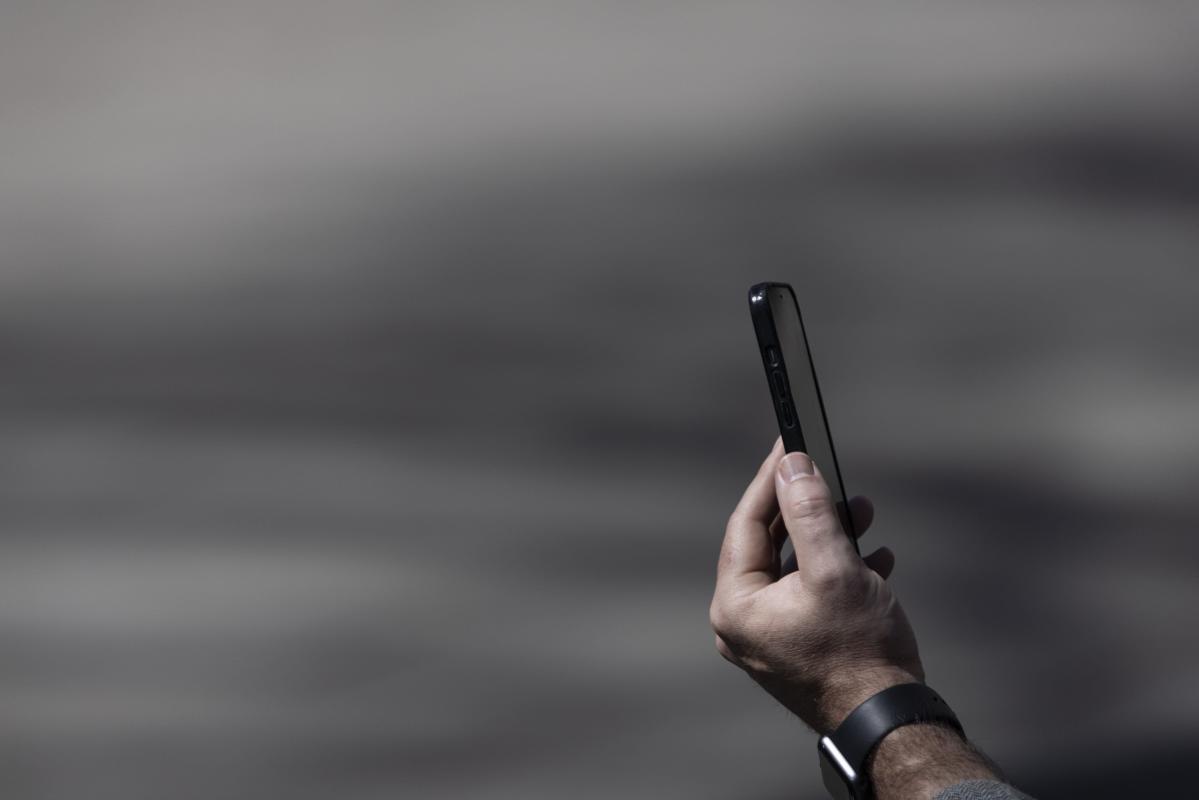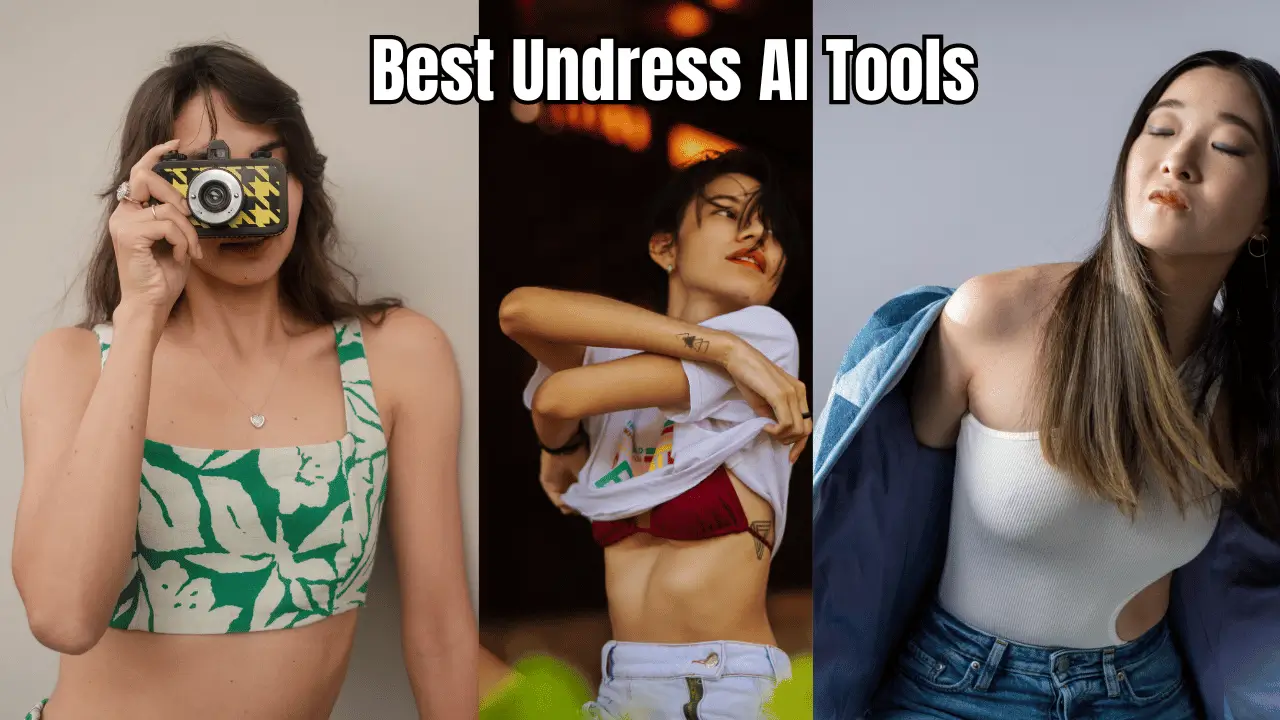Is the allure of instant transformation, the promise of unveiling hidden realities, truly worth the potential ethical quagmire? The rapid proliferation of AI-powered photo undressing tools presents a complex landscape where technological advancement collides head-on with privacy concerns and the potential for misuse.
The digital age has birthed a suite of applications promising to strip away the superficial, revealing what lies beneath or, more accurately, what an algorithm can imagine beneath. These tools, often marketed with seductive simplicity, allow users to upload an image, define the area to be "undressed," and with a click, generate a nude or semi-nude version. The technology behind this is sophisticated, leveraging the power of artificial intelligence and deep learning to analyze the image, predict the unseen, and reconstruct a plausible representation of the human form. Platforms like undresserai.io offer a secure and efficient solution to explore these AI capabilities, with the promise of fast and realistic results. The underlying appeal is undeniable: the desire to see, to explore, to satisfy curiosity. But at what cost?
The ethical implications of this technology are vast and multifaceted. The potential for non-consensual image manipulation, the vulnerability of individuals, and the weaponization of these tools are critical concerns. Its essential to understand the mechanics and implications of these technologies to navigate the challenges they pose responsibly.
Lets delve deeper into how these AI photo undressing tools operate and the ethical dilemmas they present:
The core functionality of these applications is surprisingly straightforward, at least from a user's perspective. The process typically begins with the user selecting a photograph. The system then employs sophisticated algorithms to analyze the image, identifying areas of clothing and estimating the underlying body shape. The user is given a degree of control over this process, often allowing them to specify the type of "undress" desired and precisely define the regions of the image to be altered, using tools like a virtual brush to highlight areas. Once the user initiates the process, the AI engine takes over. It utilizes vast datasets of nude or semi-nude images to "learn" the patterns and characteristics of the human form, generating a plausible representation of the unclothed body. The results can range from somewhat crude approximations to remarkably realistic renditions. The goal is to create a version that appears natural, believable, and minimizes telltale signs of manipulation.
Some platforms offer additional features, such as the ability to select specific cup sizes, further refining the generated image. The process is often remarkably quick, with many applications delivering results in seconds. This speed and ease of use are a significant part of their appeal.
The technology behind these tools relies heavily on several key AI concepts, including:
- Deep Learning: This is the core technology. Deep learning models, particularly those based on convolutional neural networks (CNNs), are trained on massive datasets of images. The networks "learn" to identify patterns, features, and relationships within the data, enabling them to make predictions about unseen images. In the context of undressing tools, the model learns to associate clothing with underlying body shapes.
- Generative Adversarial Networks (GANs): GANs are often employed to generate realistic images. They consist of two neural networks: a generator, which creates images, and a discriminator, which attempts to distinguish between real and generated images. The generator and discriminator are constantly "competing," with the generator striving to produce images that fool the discriminator and the discriminator striving to identify fake images. This iterative process allows the generator to improve its ability to create realistic outputs.
- Image Segmentation: Before the AI model can perform the undressing process, it needs to understand which parts of the image belong to clothing and which belong to the underlying body. Image segmentation algorithms help to separate different objects and regions within an image, allowing the AI to focus on the relevant areas.
- Dataset: The quality of the training data is very crucial in creating the final image. the dataset provides information to model based on it the results are created.
The popularity of these tools has surged, fueled by a combination of factors. The algorithms and the ease of use. Platforms like "clothoff" market themselves as the ultimate AI tool for photo undressing. The promise of rapid results and the ability to instantly generate a nude version of any image are powerful draws. Several platforms, like deepnude cc, offer free versions, allowing users to experience the basic functionalities before considering premium options. This "try before you buy" approach broadens the user base and allows the technology to permeate further. "Laden sie einfach ein bild hoch und entfernen sie die kleidung mit nur einem klick." This phrase, in German, reflects the streamlined user experience offered by many applications. The promise of transforming an image with a single click is a potent selling point.
The accessibility of these tools raises serious concerns about the potential for misuse. The following are some of the key ethical considerations:
- Non-Consensual Image Creation: This is perhaps the most significant ethical challenge. These tools make it easy to create nude images of individuals without their consent. This can lead to severe emotional distress, reputational damage, and even threats of violence or extortion. The potential for the spread of such images online exacerbates the problem, making it difficult to remove or control their dissemination.
- Privacy Violations: Even if the intention is not malicious, the creation of nude images from existing photographs constitutes a violation of privacy. The user might not be aware that their image is being utilized in this way. The lack of consent and control over the use of one's likeness is a major concern.
- Cyberbullying and Harassment: These tools can be used to create and share sexually explicit images of individuals, contributing to cyberbullying and online harassment. This can disproportionately affect women and other vulnerable groups, with severe psychological consequences.
- Deepfakes and Misinformation: AI-generated images can be used to spread misinformation and disinformation, particularly in the context of political campaigns or social controversies.
- The normalization of voyeurism: Easy access to undressing tools may normalize voyeurism and encourage the objectification of individuals.
There are potential benefits to this technology. For example, these tools can be used for artistic expression, medical research, and forensic investigations. However, these benefits are often overshadowed by the potential harms.
The responsible use of AI photo undressing tools requires several measures:
- User Education: Educating the public about the existence and capabilities of these tools is crucial. Awareness can help people protect themselves from non-consensual image creation and the potential for misuse.
- Regulation: Governments and technology companies must work together to develop regulations that govern the use and distribution of these tools. These regulations should address issues such as non-consensual image creation, privacy violations, and the spread of harmful content.
- Detection and Removal: Technology companies should develop and implement technologies that can detect and remove AI-generated images of nudity from their platforms. This requires constant improvement, as the algorithms used to create these images become more sophisticated.
- User Consent: Users should be asked for their consent before any photo undressing tool is used on their image. If consent is not granted, the tool should not be used.
- Ethical Guidelines: Developers should adhere to strict ethical guidelines and prioritize the safety and privacy of individuals when developing and using these tools.
- Transparency: Platforms should clearly disclose when an image has been manipulated using AI, so users are aware of the nature of the image.
Undoubtedly, AI-powered photo undressing technology is here to stay, but its deployment is a subject of debate. To navigate this complex environment, its essential to understand the technical aspects, the ethical issues, and the potential consequences. Only then can we hope to use these tools responsibly and prevent them from being misused.
The future of AI photo undressing technology is complex and uncertain, but it is clear that it will continue to evolve and present new challenges and opportunities.



